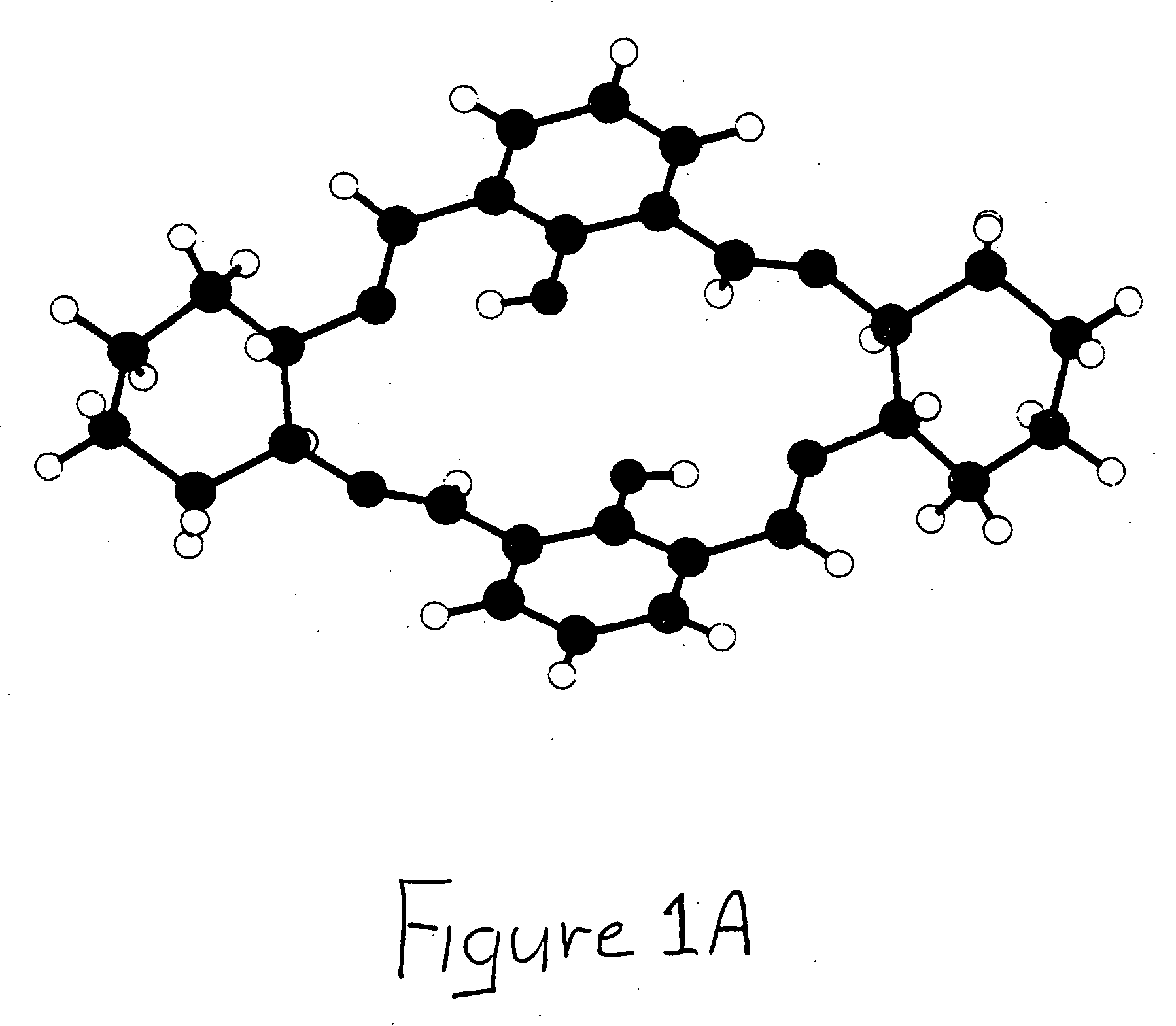Amphiphilic molecular modules and constructs based thereon
a technology of amphiphilic modules and constructs, applied in the field of amphiphilic module construction and the formation of nanomembranes, can solve the problems of a large amount of effort, and continues to be spent on devising
- Summary
- Abstract
- Description
- Claims
- Application Information
AI Technical Summary
Benefits of technology
Problems solved by technology
Method used
Image
Examples
examples
[0155] Reagents were obtained from Aldrich Chemical Company and VWR Scientific Products. All reactions were carried out under nitrogen or argon atmosphere unless otherwise noted. Solvent extracts of aqueous solutions were dried over anhydrous Na2SO4. Solutions were concentrated under reduced pressure using a rotary evaporator. Thin layer chromatography (TLC) was done on analtech Silica gel GF (0.25 mm) plates or on Machery-Nagel Alugram Sil G / UV (0.20 mm) plates. Chromatograms were visualized with either UV light, phosphomolybdic acid, or KMnO4. All compounds reported were homogenous by TLC unless otherwise noted. HPLC analyses were performed on a Hewlett Packard 1100 system using a reverse phase C-18 silica column. Enantiomeric excess was determined by HPLC using a reverse phase (I)-leucine silica column from Regis Technologies. All 1[H] and 13[C] NMR spectra were collected at 400 MHz on a Varian Mercury system. Electrospray mass spectra were obtained by Synpep Corp., or on a Therm...
PUM
| Property | Measurement | Unit |
|---|---|---|
| dihedral angle | aaaaa | aaaaa |
| dihedral angle | aaaaa | aaaaa |
| time | aaaaa | aaaaa |
Abstract
Description
Claims
Application Information
 Login to View More
Login to View More - R&D
- Intellectual Property
- Life Sciences
- Materials
- Tech Scout
- Unparalleled Data Quality
- Higher Quality Content
- 60% Fewer Hallucinations
Browse by: Latest US Patents, China's latest patents, Technical Efficacy Thesaurus, Application Domain, Technology Topic, Popular Technical Reports.
© 2025 PatSnap. All rights reserved.Legal|Privacy policy|Modern Slavery Act Transparency Statement|Sitemap|About US| Contact US: help@patsnap.com



